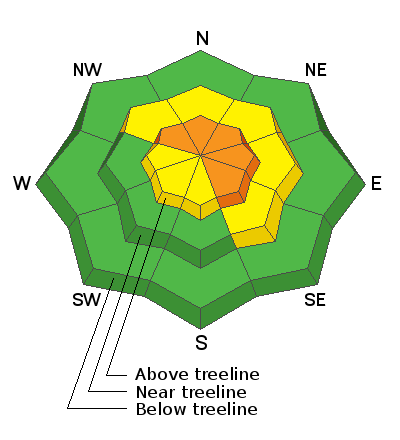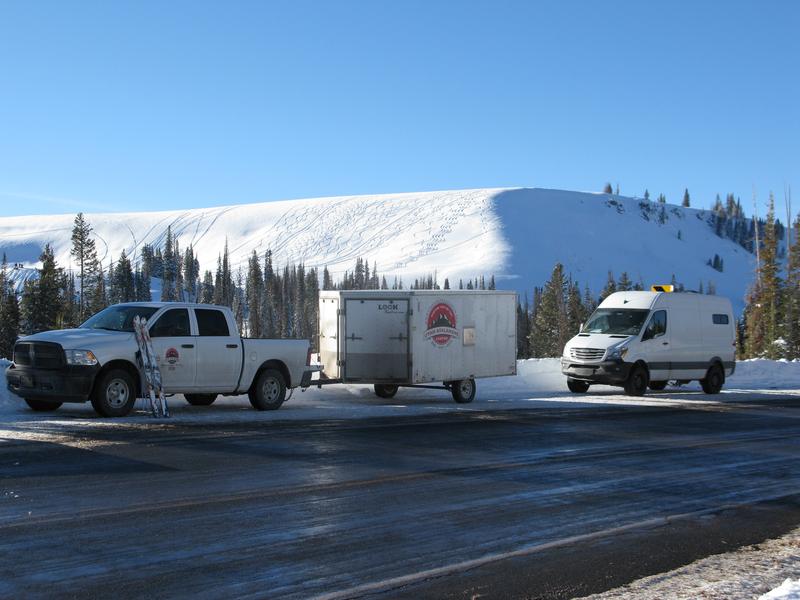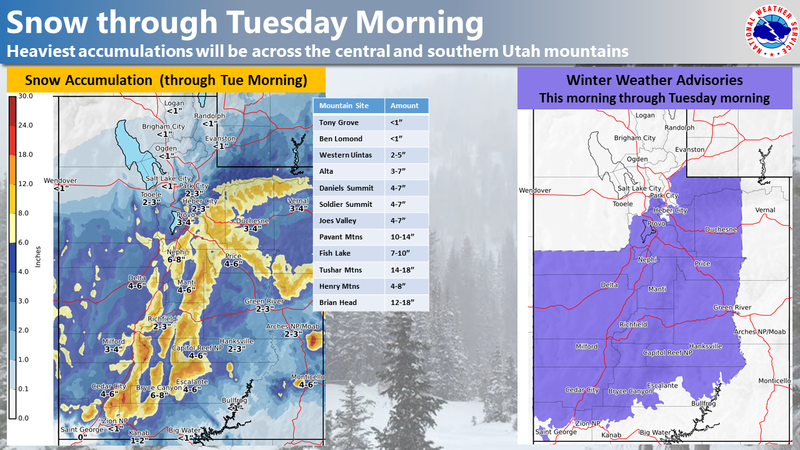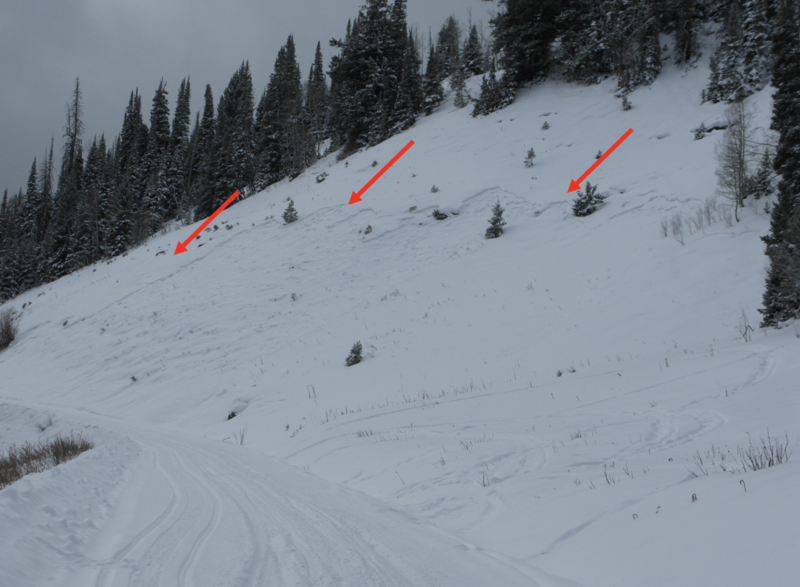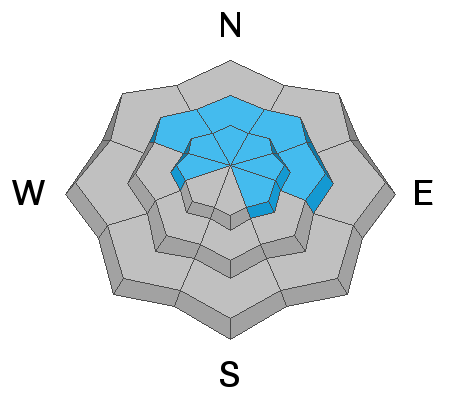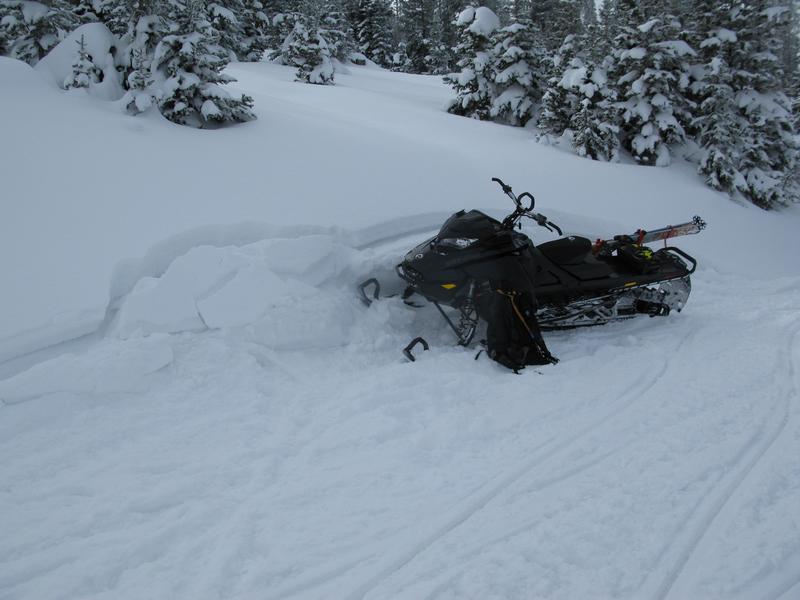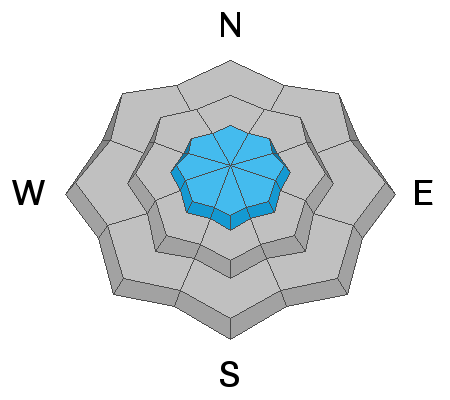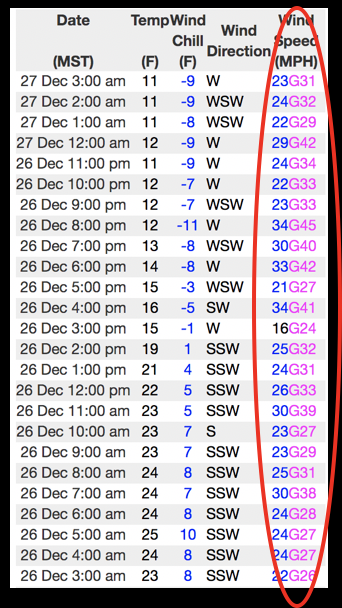Thanks for sharing your snow, your slope, and your stoke... well played!
A big shout out, high fives, and air hugs to the crew I met on Christmas Eve at Wolf Creek who not only brought an amazingly positive energy to the day.... you showed how to avoid avalanche danger by choosing the right terrain. In the image above, everyone opted to avoid the avalanche dragon on the steep, shady slope yet still had a great day on low angle terrain facing the south half of the compass, riding shallow pow, with their families, in the sun.
You know the program... roadside attractions are still an easy grab and just 'cause you can see it from the car doesn't mean it's safe or you're good to go. And remember, our front-line health care workers are maxed out. So, let's collectively think about our decisions and the consequences that may have on others.
Thanks to the generous support of our local resorts, Ski Utah, and Backcountry, discount lift tickets are now available. Support the UAC while you ski at the resorts this season. Tickets are available
here.Drew Hardesty has an excellent new blog post.
Managing Risk with Avalanches, Managing Risk with a Pandemic - A Conversation with state epidemiologist Dr. Angela Dunn
Stream
here or tune in wherever you get your favorite podcasts.
Nowcast-
High clouds drifted into the region overnight and a stray snow flurry or two falls, as a storm that's generating snow for the southern half of the state nudges into our area. Temperatures are in the single digits and low teens and southeast winds blow in the 20's along the high ridges. Saturday night's storm delivered 6" of snow and it went a long way to add a little cushion under foot. But total snow depths still average just about two feet in depth, so the Uinta's are still quite thin and travel is sorta limited to road rides and grassy slopes.
Forecast-
Look for mostly cloudy skies with high temperatures barely cracking into the high teens and low 20's. Winds shift to the east and northeast and blow in the 20's as snow begins later this morning. Not a big storm and we'll be lucky to squeeze another 6" out of it.
Futurecast-
Scattered snow showers linger into Tuesday morning, a break on Wednesday, and another storm slated for Thursday.
Looking for real-time temps, snow, or wind?
Click
here and then on the "western Uinta" tab for western Uinta specific, weather station network.
A local logging company plowing the Mill Hollow Road undercut the Mill Hollow slide path late last week, kicking the legs out from under the slope, and stacking up enough snow on the road to knock you off your feet. This slope has quite the history and was the site of a very close call in 2019. More details
here.In addition, Chad was in Murdock Basin yesterday and has a great trip report
here. Both of us experienced lots of collapses and shooting cracks yesterday, but no significant new avalanche activity to report.
To view trip reports and recent avalanche activity, simply click
here.

